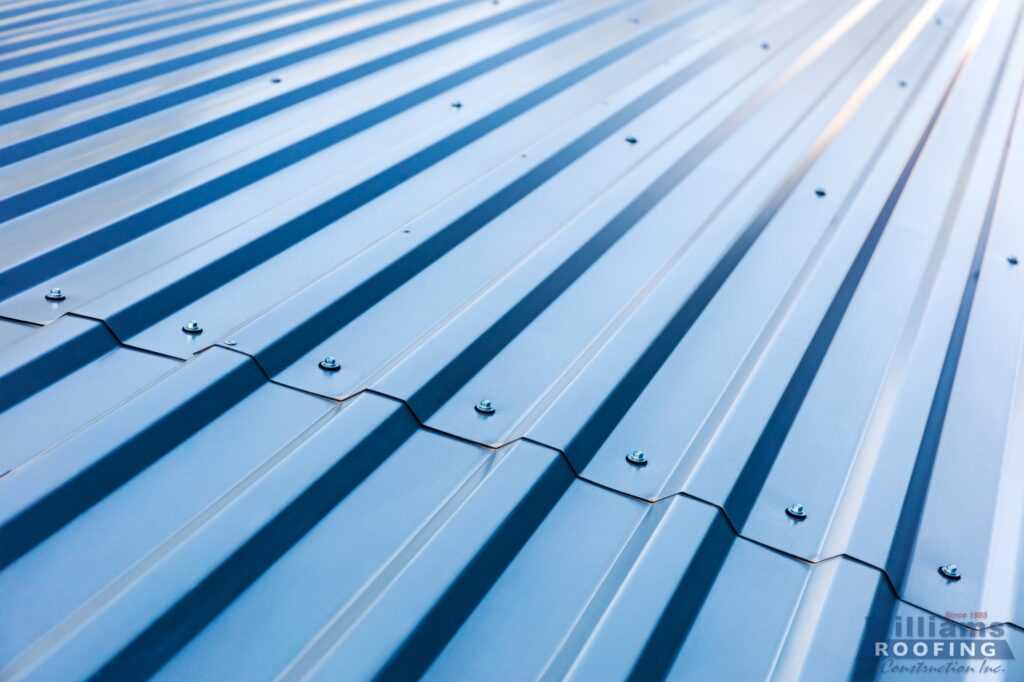Maintaining a roof is key to protecting the rest of the building, but have you wondered if your last roofing inspection was done correctly?
The weather in Illinois can be extreme, so missing details can result in leaks or damage.
Check out these eight keys of commercial roofing inspection to ensure you’re getting the best service.
1. Preparation
Before getting out the ladder, check to see if there are active guarantees. Terms in a guarantee may allow certain conditions for roof repair. Violation of the terms may violate any guarantees for the building owner.
A competent roofing inspector will ask for blueprints or layouts of the building to make their job easier.
The preparation period should also be spent talking with current tenants. They can give you details and institutional history that might explain any anomalies or abnormalities you may encounter.
2. Check the Flashing and Field
A skilled commercial roof inspector should spend time looking at the transitions along the stacks and walls of your roof. These are the areas most likely to show any damage or warnings.
On buildings that have flashing running flat to vertical, look for stress cracks. Repairing these areas is critical before winter. The cold weather will cause more stress on the transition points and possibly add water damage.
The rest of the field should be inspected as you search for cracks and crevices. Clear debris from the roof that could potentially cause damage.
If tenants are complaining about leaks but none are visible, have an inspect conduct a flood test.
3. Downspouts
The downspouts need to be thoroughly examined from the top to the bottom. Run some water through the downspout to see if there are any clogs.
You may need to disassemble your downspout to find debris backing up the water. If the water spills over the top and onto the ground, you could get flooding in your basement or problems with the foundation.
Check the ground-level of downspouts, too. Lawn maintenance or people may have bumped or crushed the end. This will also restrict the proper flow of water.
4. Interior Systems
Have a professional roof inspector take a look at the roof’s interior systems for signs of corrosion or leaking.
If water is getting inside and possibly damaging the roof, it might be dangerous to go onto the roof if mechanical fasteners or structural damage is detected.
Finding a leak from the inside pinpoints any problems outside and also helps people know where to step when they’re on the roof.
5. Vegetation and Pools of Water
Most building owners are not trying to start a rooftop garden. Vegetation of any kind should be destroyed immediately.
Plants growing on your roof will only cause cracks or crevices to widen and weaken the structure.
Unless you have plants on the roof in separate pots, vegetation usually means there’s a sediment breakdown on the roof.
Pooling or ponding water can be a result of poor construction design or because of a depression in your roof. Earlier steps such as the interior systems check can help you figure out which reason it is.
Look for different colored water stains to determine the age of the water that’s standing. A roof inspector will be able to show you how to remedy the pooling water.
6. Edges
Rooftops that have shingles should have the exposed edges inspected. Sometimes wind can get under the shingle and push it up or rip it off completely.
Check the rest of the shingles for normal wear and tear. If the asphalt is starting to come off in heavy amounts, it’s time to replace the shingle.
There are options to replace the shingle with aluminum roofing to high-quality asphalt shingles that can last up to 50 years.
Remember to check and see if there are any warranties related to the shingles. You might be covered by a manufacturer’s guarantee if the shingles were installed improperly.
7. Gutters, Drains, and Vents
The water flow on and over a rooftop should be effortless. If there are any problems, you need to have the gutters, water drains, and vents examined.
Gutters should be checked for clogs, rust, and storm damage. Also, check to make sure roof singles are not covering the gutter.
To prevent sticks and other debris, consider getting a mesh covering over your gutters that let’s water in but nothing else.
Any drain should be tested and evaluated by a professional.
Walls and vents should be checked for discoloration and sediment deposits. Check with the blueprint to find out which vents should or shouldn’t allow water flow.
8. Roofing Inspection Safety
One of the often forgotten safety steps for a roof inspection is the measures you take afterward. If there’s rust or damage in the interior systems, let the appropriate departments know.
Unsafe areas should have signs posted for everyone to see. Stairs with leaks should have warnings, and dangerous spots on the roofs should be coned off.
Failing to take these safety measures until your issues are corrected can lead to structural damage, physical harm, and lawsuits.
If you’re unsure what steps to take, ask the roofing inspector. They should be able to give you temporary solutions to keep tenants and employees away.
Full Report
The professional inspector should give you a full report of what they find when it’s completed.
They should use a grading scale that shows what’s in need of immediate attention versus what is in perfect condition.
The report should have a full damage detail including suggestions and quotes to fix the problems. If the inspector doesn’t provide services, ask them for suggestions.
Use the Professionals
The Illinois cold months can be harsh. Make sure your roofing inspection is equally tough.
The integrity of your building and the happiness of your tenants or employees depend on a quality roof.
If you’re ready to have the professionals examine your roof, contact us today so we can start scheduling your inspection.

